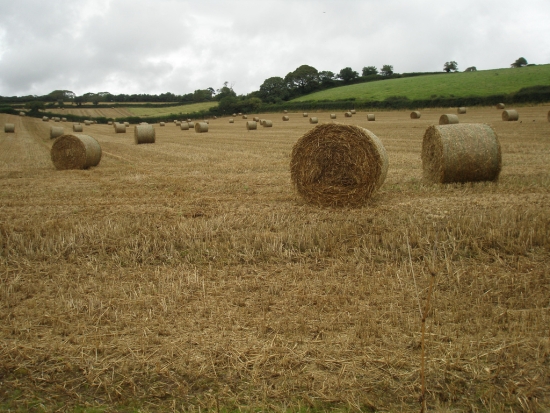The price of English farmland hit a record high last year and is now almost a better bet than investing in gold, claims the latest Knight Frank Farmland Index. With last year’s 11 per cent rise, it now costs £6,882 to acquire an acre of agricultural land in England. Land was not far behind the 14 per cent annual growth of the resurgent FTSE 100.Gold, however, lost almost 30 per cent of its value over the same period.

Nor is it a bad long-term investment, as the index explains: “Farmland has also performed strongly, increasing in value by 210 per cent in the past 10 years, just behind the 212 per cent change in the price of gold, which climbed rapidly as investors looked for a safe haven in the aftermath of the credit crunch, and significantly ahead of the 51 per cent rise in the value of the FTSE 100.”
Knight Frank reports that strong demand from wealthy individuals and funds, as well as farmers, combined with a limited supply of good quality land for sale, is helping to maintain a steady price increase.
Last year around 150,000 acres of land were advertised on the open market. Half the figure on offer in 2010. The banks are also continuing to lend freely to the agricultural sector and the availability of finance is providing the firepower to fund large commercial purchases.
Public or privately-owned blocks of investment-grade arable land that come to the market, are changing hands for significantly higher sums, explained Tom Raynham, head of Knight Frank’s new Agricultural Investment Acquisitions department.
“Serious investors are increasingly prepared to do off market deals to secure the right investments, with prices exceeding £10,000 per acre in some cases,” he added.
Even more modest parcels of land, with the right location, are attracting impressive offers. Late last year 150 acres in the West Country made £9,000 an acre under a five-year £250-an-acre sale and leaseback arrangement. And a small block of agricultural land in the East Midlands attracted £9,200 an acre.
“Farmers, adjoining landowners and institutional investors were among the bidders for the two blocks,” said James Prewett, head of Regional Farm Sales at Knight Frank. “It just shows the depth of the market for the right land. The fact that a farmer buyer was prepared to accept a sale and leaseback arrangement also highlights how keen people are to get their hands on land when it becomes available.”
But there were striking regional differences in land prices and demand, said Prewett, who predicted further price growth for larger blocks of arable land, especially those of interest to investors, with prices for land attracting less interest remaining static.
Previous Post
Dublin Rents to Rise with Wave of New Developments